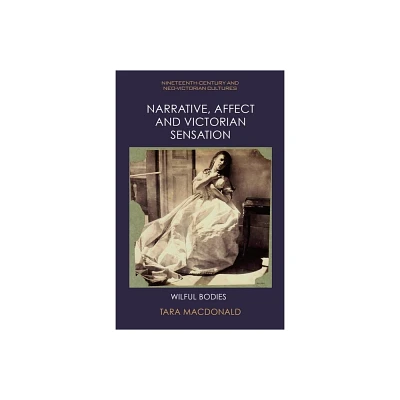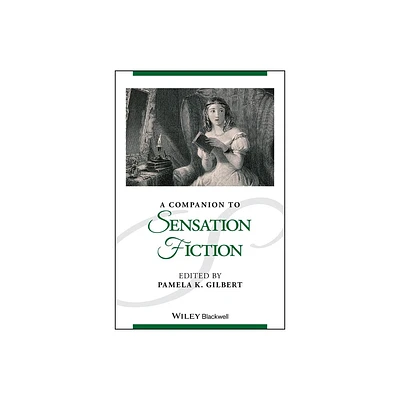Home
Personation Plots: Identity Fraud Victorian Sensation Fiction
Loading Inventory...
Barnes and Noble
Personation Plots: Identity Fraud Victorian Sensation Fiction
Current price: $99.00


Barnes and Noble
Personation Plots: Identity Fraud Victorian Sensation Fiction
Current price: $99.00
Loading Inventory...
Size: Hardcover
*Product Information may vary - to confirm product availability, pricing, and additional information please contact Barnes and Noble
The first full-length study of identity fraud in literature,
Personation Plots
argues that concerns about identity and the body gripped the Victorian consciousness. The mid-nineteenth century was marked by extensive medico-legal efforts to understand the body as the sole signifier of identity. The sensation genre, which enjoyed remarkable popularity in the 1860s and 1870s, at once reflected and challenged this discourse. In their frequent representations of identity fraud, sensation writers demonstrated that the body could never guarantee a person's identity. The body is malleable and untrustworthy, and the identity it is supposed to signify is governed by the caprices of the human mind and the growing authority of paper matter. Both a wide-ranging literary analysis and a portrait of the age,
reads canonical texts by Wilkie Collins, Mary Elizabeth Braddon, and Charles Dickens alongside several lesser-known sensation novels. The study, which anticipates debates over biometric identification practices in our own time, also features brief criminal biographies of two of the nineteenth century's greatest impostors, Alice Grey and Mary Jane Furneaux, and concludes with an afterword on imposture in the late-Victorian Gothic.
Personation Plots
argues that concerns about identity and the body gripped the Victorian consciousness. The mid-nineteenth century was marked by extensive medico-legal efforts to understand the body as the sole signifier of identity. The sensation genre, which enjoyed remarkable popularity in the 1860s and 1870s, at once reflected and challenged this discourse. In their frequent representations of identity fraud, sensation writers demonstrated that the body could never guarantee a person's identity. The body is malleable and untrustworthy, and the identity it is supposed to signify is governed by the caprices of the human mind and the growing authority of paper matter. Both a wide-ranging literary analysis and a portrait of the age,
reads canonical texts by Wilkie Collins, Mary Elizabeth Braddon, and Charles Dickens alongside several lesser-known sensation novels. The study, which anticipates debates over biometric identification practices in our own time, also features brief criminal biographies of two of the nineteenth century's greatest impostors, Alice Grey and Mary Jane Furneaux, and concludes with an afterword on imposture in the late-Victorian Gothic.


















